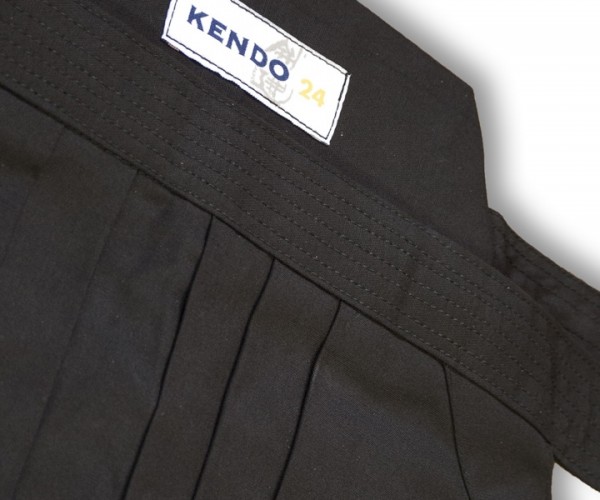

Anatomy of an Aikido HakamaĪikido has several specificities compared to Kobudo, in which the Hakama pre-existed, so it required a few adjustments. It is the very last workshop in Japan producing Budo Hakama in this most traditional way, and today, they provide Hakama for Iwata, Sakuraya and Seido, three of the most renowned brands for Budo Hakama. This workshop still exists, but between the aging population and the relatively bad wages of the industry, they are struggling to survive. This workshop is particularly famous for the quality of its handmade sewing and also because it still embodies some of the ancient Hakama manufacturing traditions (which is, for example, visible if you look at how the triangles on the sides are sewn). “Despite the use of Hakama in many martial arts, Aikido uses one with a specific design, crafted specifically for the practice.” Over time, the martial arts gained in popularity and with the orders increasing, they finally ended up focusing on Budo Hakama only. This Hakama workshop was producing many types of Hakama, meant for Kendo, Kyudo, Iaido, and even Sado (tea ceremony) and other art forms. Because the said specialist was a Judo equipment maker, they didn’t have the knowledge and skills for Hakama, so they developed it with a Hakama workshop located in downtown Tokyo. What we know is that at some point in history, the Aikikai Hombu Dojo asked a Judo equipment specialist located nearby the dojo, Iwata Shokai, to produce Aikido equipment. It is unclear if he ever used what we, today, call an Aikido Hakama, but what is sure is that given how he practiced, he did not really need a very strong Hakama, like most of us do today. M orihei Ueshiba often used a classic Hakama meant for everyday life, something not specifically designed for Aikido. Mandatory at first, from the very first day of training, then optional during and after the war because of its price, then finally reserved officially to men from first dan and to women from 3rd k yu at the Aikikai (although those rules vary widely depending on styles, dojos and teachers).ĭespite the use of Hakama in many martial arts, Aikido uses one with a specific design, crafted specifically for the practice. The story of the Hakama in Aikido is complicated. Given the importance that Aikido’s founder Morihei Ueshiba gave to “true tradition,” it’s no wonder that he preserved the Hakama in Aikido. You can find more on this topic on Seido’s blog post The hakama is not meant to hide the footwork. However, the reality is that the Hakama is or has been the de facto attire for most Budo and Kobudo.Īs a side note here, I would like to mention that the Hakama is not and was never meant to hide the feet. “The Hakama is not and was never meant to hide the feet.”īecause of the popularity of Judo and Karate outside Japan, many new to the martial arts have often considered the Hakama as Aikido-specific attire. There are only a few exceptions: the Hakama disappeared in Judo, probably for competitive reasons the Okinawan origins of Karate may account for the Hakama’s absence which may also be the case for Shorinji Kempo, with its Chinese origin. The Hakama is the standard outfit in most Kobudo, for the simple reason that those arts come from a time when the Hakama was the standard outfit of practitioners (the Samurai).

It was also, of course, the standard outfit used in almost all Japanese classical martial arts and in some modern Budo such as Aikido. Hakama became rarer and rarer in everyday life until it was only worn as formal attire for special occasions such as wedding ceremonies and as Shinto religious attire. Some had two legs, some were cut as skirts, some very wide or very long, while some were short or narrow, which, for instance, was the case of the “field Hakama” (Nobakama), mainly worn by farmers and workers. The same way there were many types of pants in the West, there were also many types of Hakama.

“The Hakama then became a symbol of power as the standard outfit for nobles and Samurai.”


 0 kommentar(er)
0 kommentar(er)
